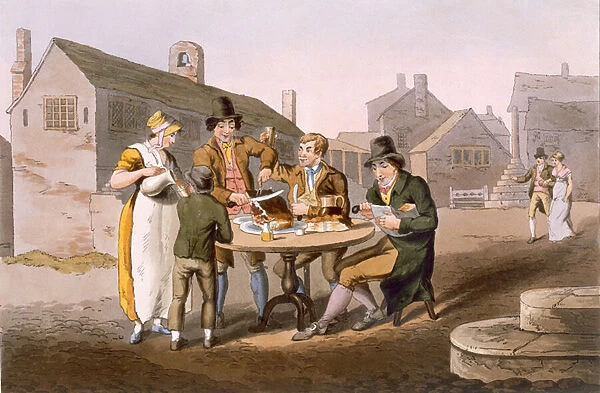Toasting is a culinary approach that has stood the check of time, evolving through centuries and cultures to turn out to be a staple in kitchens globally. This article delves into the history, technology, and cultural importance of toastng, exploring its diverse bureaucracy and programs.
A Brief History of Toasting
The practice of toasting dates back to ancient civilizations. The Egyptians, around three,000 BC, were the various first to discover that heating bread should preserve it longer. Toastig bread turned into a practical solution to save you wastage, in particular, earlier than the invention of modern-day preservatives.
In medieval Europe, toasing have become a commonplace exercise in taverns. This tradition gave rise to the term “toast” inside the context of raising a glass to celebrate or honor someone.
The Science of Toasting
The Maillard response is the medical precept behind toasting. When heat is applied to meals, sugars, and amino acids react to shape complicated flavor compounds and brown pigments, growing that distinctive toasted flavor and aroma.
The Maillard response not simplest complements the taste and color but also alters the texture of meals. For instance, toastig bread creates a crispy outdoors while retaining a tender interior, offering a fulfilling assessment with every chew. This transformation is why toast is frequently desired for sandwiches because it provides a delightful crunch and structural integrity.
Toasting Around the World
Toasting is a familiar technique, yet each lifestyle has its specific tackle it, showcasing the variety of culinary traditions.
Europe
In Europe, toasting is deeply ingrained in everyday life. The French have their liked “tartine,” a slice of bread toasted and crowned with butter, jam, or cheese. The British raise the standard toast with their “beans on toast,” a comforting dish of baked beans served over toast, frequently for breakfast.
North America
North America has embraced toastng in numerous paperwork. The traditional American breakfast regularly includes toast, served with butter, jam, or peanut butter. Bagels, a staple in many families, are usually sliced and toasted, then topped with cream cheese or different spreads.
Asia
In Asia, toastng takes on distinct dimensions.The idea of toast has additionally been tailored into cakes, such as the well-known “honey toast” in Taiwanese cafes, proposing thick slices of toasted bread drizzled with honey and topped with ice cream and fruits.
Innovative Toasting Techniques
The art of toasting has evolved with technology, giving upward thrust to progressive strategies and home equipment that beautify the revel in.
Smart Toasters
These appliances ensure steady toasting by way of adjusting the time and temperature robotically.
Air Fryers
Air fryers have revolutionized toastig by offering a healthier alternative to standard techniques. Using hot air circulation, air fryers attain a crispy texture without the need for excessive oil or butter.
Sous-Vide Toasting
Sous-vide toasting is a progressive method that includes vacuum-sealing bread and cooking it in a water bathtub at a particular temperature before completing it off in a traditional toaster or oven.
The Cultural Significance of Toasting
Toasting extends past the culinary realm; it holds cultural and social significance in many societies. The act of elevating a toast in the course of celebrations, ceremonies, and gatherings is a universal gesture of goodwill, cohesion, and joy.
In literature and artwork, toast has frequently been used as a metaphor for heat, comfort, and hospitality. The simplicity of toast contrasts with its profound cultural effect, symbolizing how everyday practices can convey deep meaning and connections.
Conclusion
Whether it is a slice of bread browned to perfection, a gourmand dish greater via a touch of toasting, or a heartfelt toast shared amongst pals, the essence of toasting lies in its ability to create moments of pleasure and connection.
